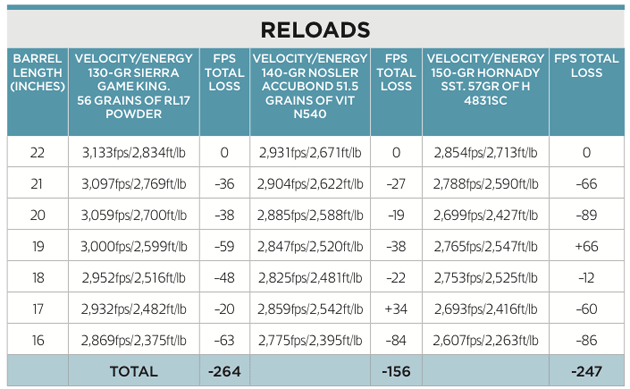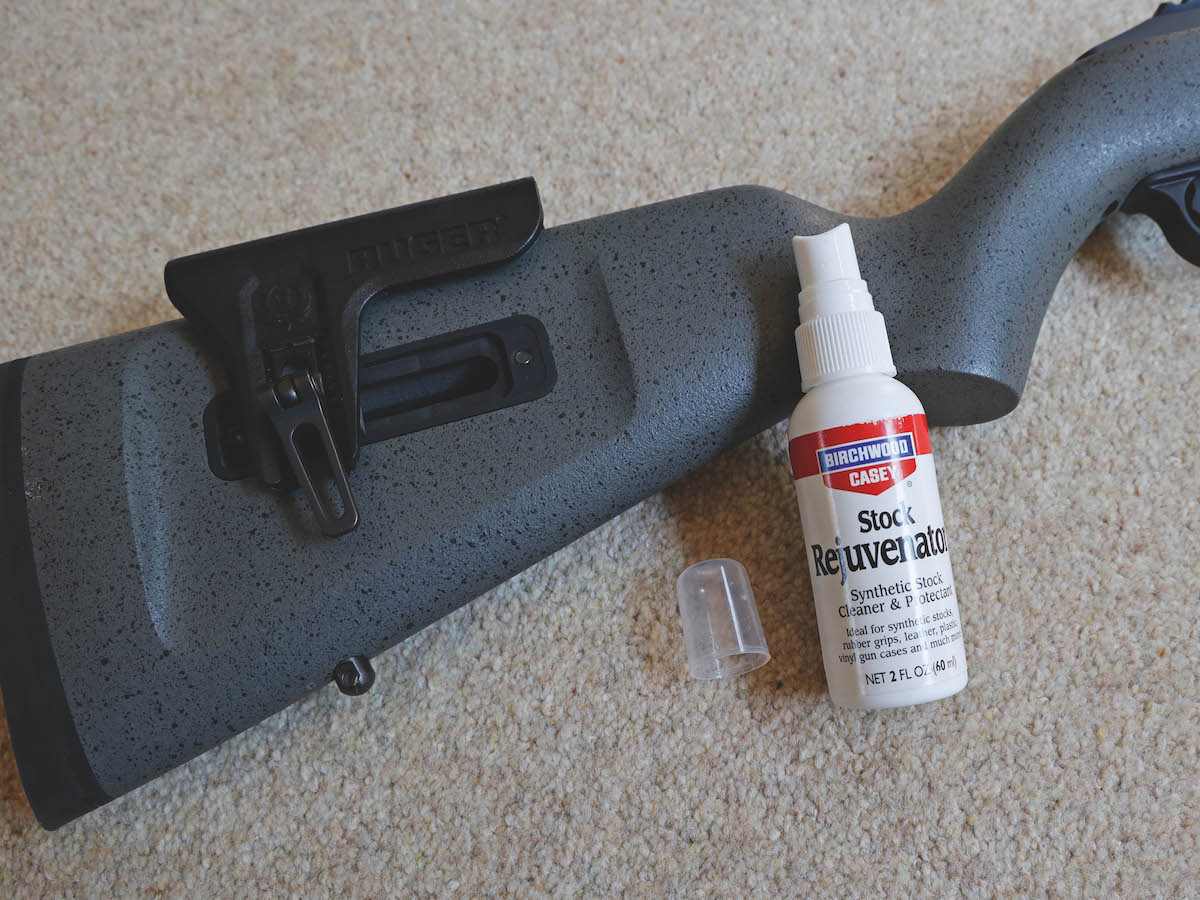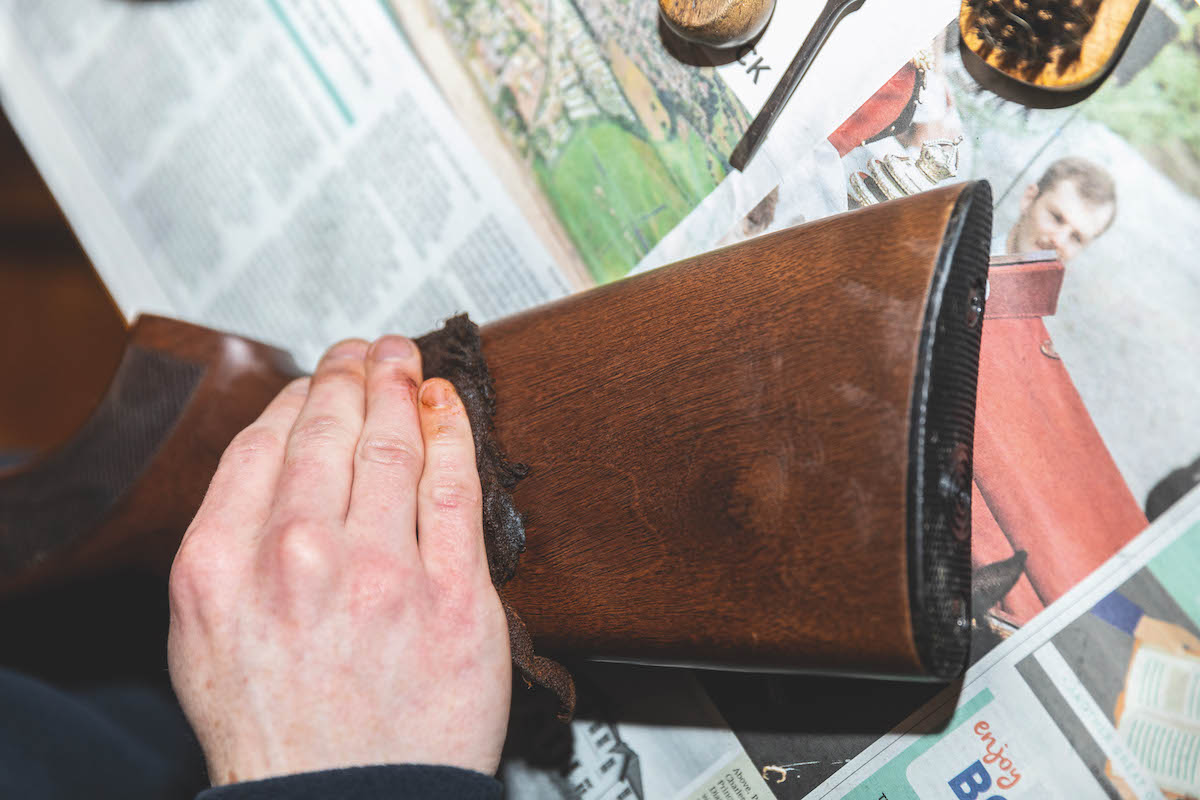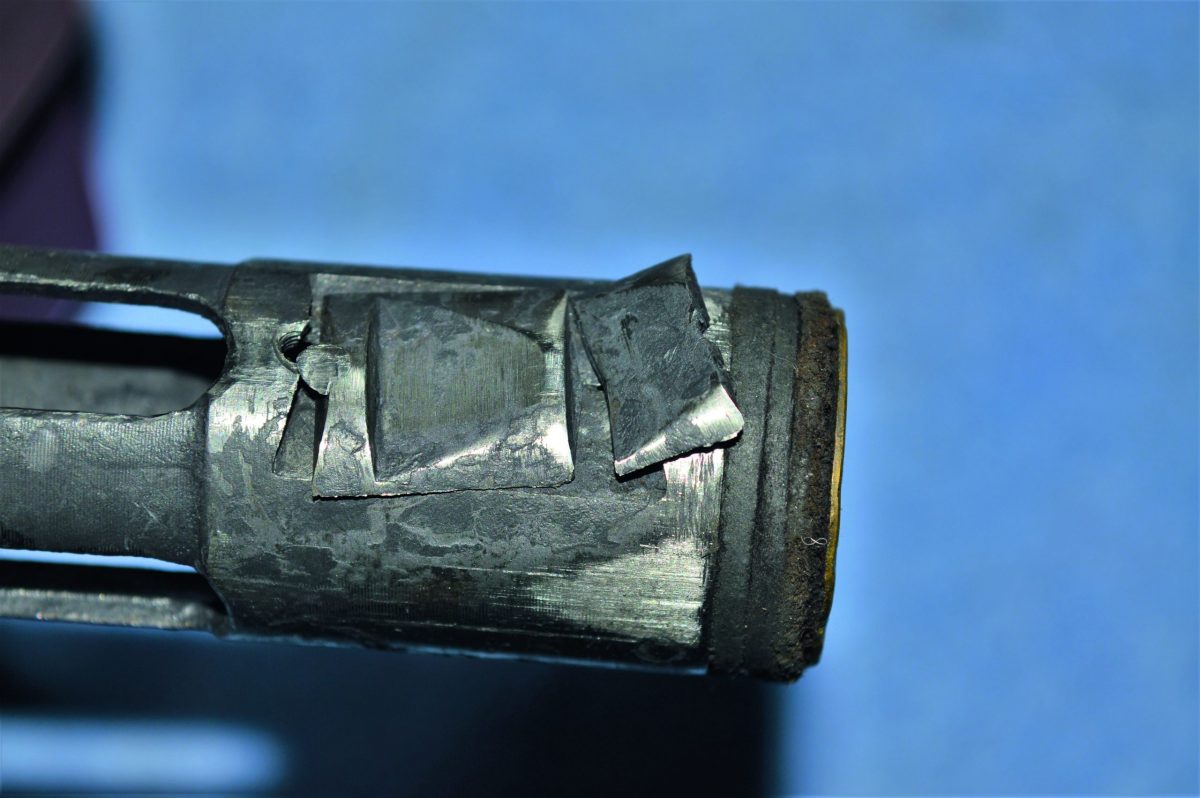What happens when you shorten a rifle barrel?
How much can it be reduced and what's the result? Bruce Potts investigates
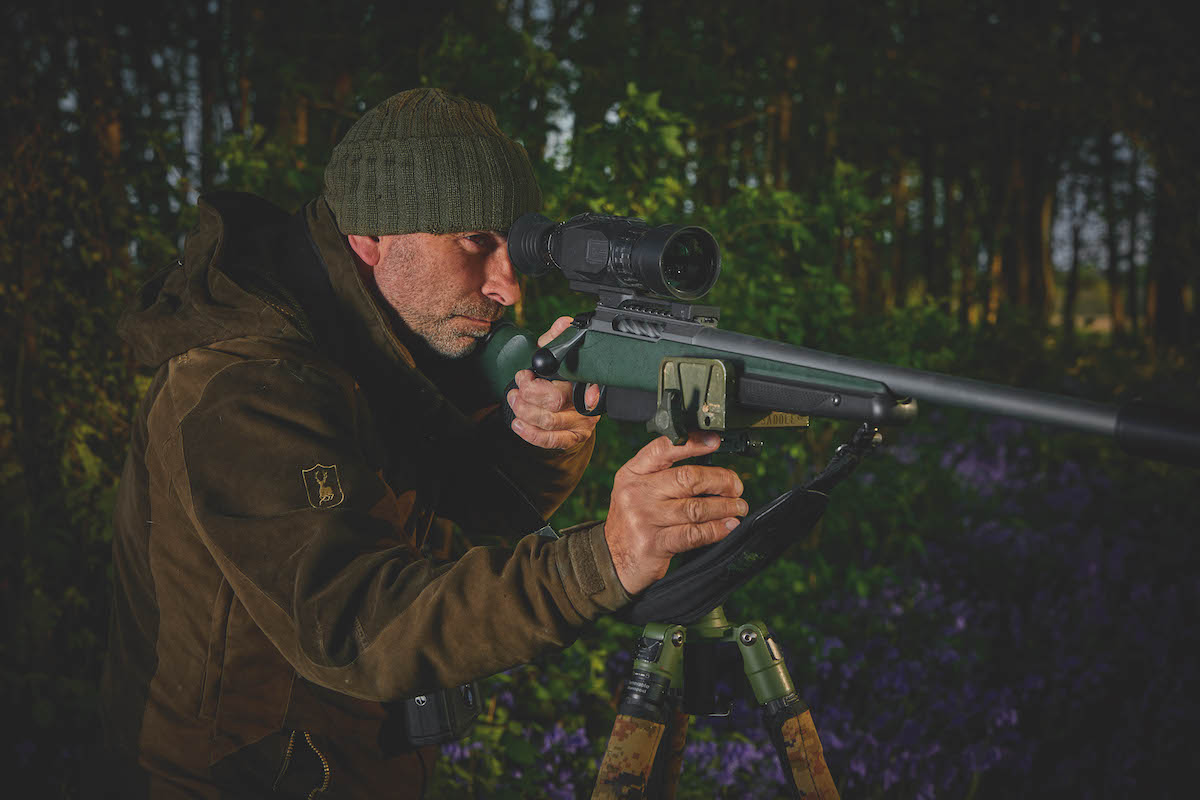
Modifying the rifle length shouldn’t have an impact on its accuracy if done by a good gunsmith
Q: I have a lovely old Sako Vixen in .223 that I use for foxing, but I want to shorten the rifle barrel to fit a sound moderator and make it easier to carry. How much can my gunsmith shorten a rifle barrel length?
A: I have reduced many .223 barrels. If you take a .223 with a 52gr bullet travelling at 3,402fps and 1,337ft/lb energy from the 24in barrel — a pretty standard .223 fox load — and reduce the barrel to 20in, you will only lose 149fps overall velocity.
In practical terms, this is very little, yet the benefits in weight reduction and overall length are real. Taking an extra two inches off to 18in makes for a short-length rifle, but you will start to notice increased muzzle blast. This can be remedied with a sound moderator fitting as you wish.
At 18in, the velocity is 3,185fps and 1,171ft/lb energy, which is only 217fps short of the initial velocity at 24in. When zeroed at 100 yards, with the starting velocity, you are -2.1in low at 200yd and -9.5in low at 300yd.
With the shorter 18in barrel with 217fps reduction, this equates to a zero at 100yd and then a drop of -2.5in at 200yd and -11.3in at 300yd. So, at 200yd, there is only a -0.4in difference and at 300yd, a -1.8in difference. Not a lot really. (Read what will I lose in velocity if I shorten my barrel length?)
The choice about which length to go for is yours. I know what I would do.

Tools to shorten a rifle barrel
What about accuracy?
Q: I want to buy or customise a rifle for foxing that is short and compact, but accurate enough for shots out to 250 yards in a .223 or similar. I currently use my old .223 Sako from my truck when out on my rounds as a keeper, but I was wondering if shortening the barrel would ruin the accuracy?
A: (Mark Ripley) I am a fan of a short and compact rifle, and the advantages of such a gun when shooting from a vehicle cannot be ignored. I had a Tikka T3 that I also had shortened by 4in to make it more compact. If the job is done by a good gunsmith and correctly recrowned, then on a .223 the accuracy shouldn’t be affected noticeably. You may notice a slight decrease in velocity. The rifle should still have no bother in knocking foxes over out to 300 yards or more.
Another option that you might consider to shorten a rifle barrel could be to fit it with an aftermarket folding stock, if you can source one to fit the model rifle you own. With this, you can easily manoeuvre the rifle around in the cab of the truck and unfold the stock when the rifle is pointing out the window. (You might also like to read things that affect rifle accuracy and how to correct them.)
What happens when you shorten a rifle barrel and fire .270 Winchester rounds?
The .270 Winchester cartridge has been a favourite with the Forestry Commission for some time, and it is one of those cartridges that has found itself in and out of favour with shooters over the years.
The most common bullet weights for the .270 (actual .277 calibre) are 130-gr or 150-gr. Often the .270 is referred to as the “meat chopper” due to the damage it does to the carcase. The 130-gr bullet can be too fast and explosive, causing venison meat to be wasted, while the 150-gr is frequently considered too slow, therefore compromising performance — though that also means that it is a flat-shooting round, which is why people liked the .270 in the first place.
There is now, however, a good range of 140-gr bullet weights, such as the Nosler AccuBond or the Hornady SST, which make it an excellent calibre, or, if you like loading 100-gr bullets, you can achieve a fast and flat round for foxes. Short barrels often cause the velocity and energy levels to drop below legal deer limits — 2,450fps and 1,750ft/lb energy in Scotland with a 100-gr bullet for large species, or .240 calibre minimum and 1,700ft/lb for deer in England and Wales.
Testing regime
I bought an old Tikka M65 .270 rifle from R. Macleod & Son of Tain — a good source of second-hand rifles. I chose four differing cartridges or factory loads with 100-gr, 130-gr, 140-gr and 150-gr bullet weights to span the usable range. I also tried reloads of the 130-gr, 140-gr and 150-gr bullet weights to see if I could improve on the results.
As I was not looking at accuracy for this particular test, and would only be concentrating on the ballistics, I clamped the barrel in to a portable vice. I then marked off 1in increments from the muzzle to cut, to shorten a barrel from 22in to 16in, an inch at a time, investigating if the velocity/energy would change with all factory and reloads. I cut the barrel using a standard hacksaw and deburred the muzzle at each stage to stop restriction of the passing bullets, checking each load at each length to give an average result from the chronograph.
Surprising results
I was surprised by how efficient the .270 rounds were — I was expecting more velocity loss than there was. but that’s a good thing, as it means that if you shorten a barrel on the .270, it’s actually worthwhile if you want a shorter rifle while retaining velocity. Notably, some of the velocity results actually increased as the barrel was reduced! I have seen this before and it is caused by the barrel not having exactly the same internal tolerance along its length — i.e. there are some tight and slack spots. Fouling or rust and pitting of the rifling will cause the same anomaly.
The 100-gr remington factory cartridge, which I would use as a fox load, lost the most velocity overall with 315fps, but at 16in it was still speeding along at 3,026fps for 2,034ft/lb energy (so more than enough). the 130-gr rWs load was also extremely efficient, only losing 250fps for a 6in reduction in barrel length. At 16in this still produced 2,784fps for 2,238ft/lb energy — well within the legal limit for deer. Compare that to any .243 round at the same length! the 140-gr Winchester ballistic silver tip round was the most efficient, with only 126fps velocity loss from 3,017fps to 2,891fps with a final energy of 2,599ft/lb at 16in. the 150-gr norma load only lost 187fps and had 2,247ft/lb of energy at 16in, so enough to despatch any deer humanely.
When I reload, I am usually trying to make up for lost velocity and energy figures to ensure the cartridges become deer-legal again, but in this case it seemed a bit superfluous as, despite the barrel reduction, all factory loads were deer-legal. the best reload was in fact the 140-gr nosler accubond, using 51.5 grains of Vit n540 powder. Initial velocity with the 22in barrel length was 2,931fps for 2,671ft/lb, so actually slower than the Winchester factory ammunition. Similarly, at 16in barrel length, the velocity reduction was minimal at 156fps, so still producing 2,775fps for a healthy 2,395ft/lb energy. though the 130-gr and 150-gr reloads had a slightly higher velocity to start with, there was actually no improvement over the equivalent bullet weight factory loads.
Increased muzzle blast
One major issue you have to consider is that as you shorten a barrel, the muzzle blast increases due to powder burning outside the barrel — which can be ear-splitting. However, the reason you want to shorten a barrel in the first place is to reduce the overall length of the rifle when you fit a sound moderator, which of course reduces the noise. But, do remember that the powder burning from a short barrel will make that sound moderator hot. That’s why, if you are reloading yourself, you can use slightly faster-burning powders, which will burn more efficiently in a shorter barrel.
Overall this test showed just how efficient a round the old .270 is, and I think I’ll look at it again as an all-round performer, especially with those 140-gr accu-bond loads, a short barrel and a sound moderator fitted.
This article was originally published in 2014 and has been updated.





